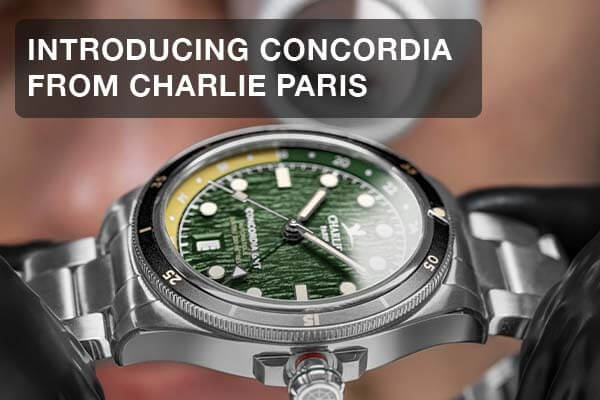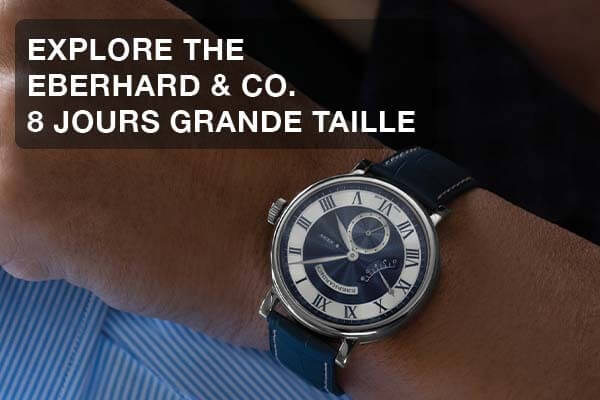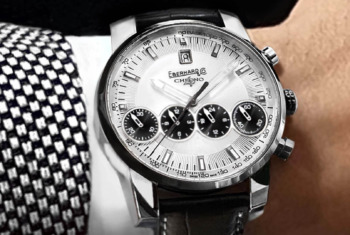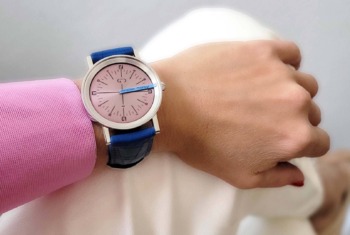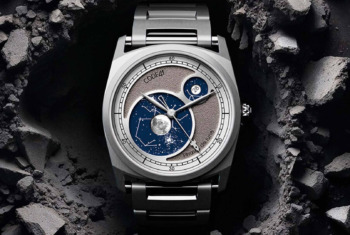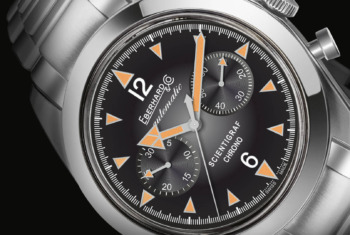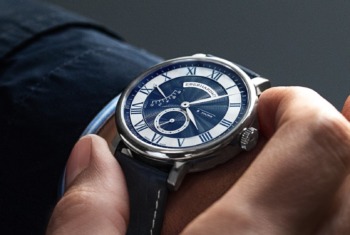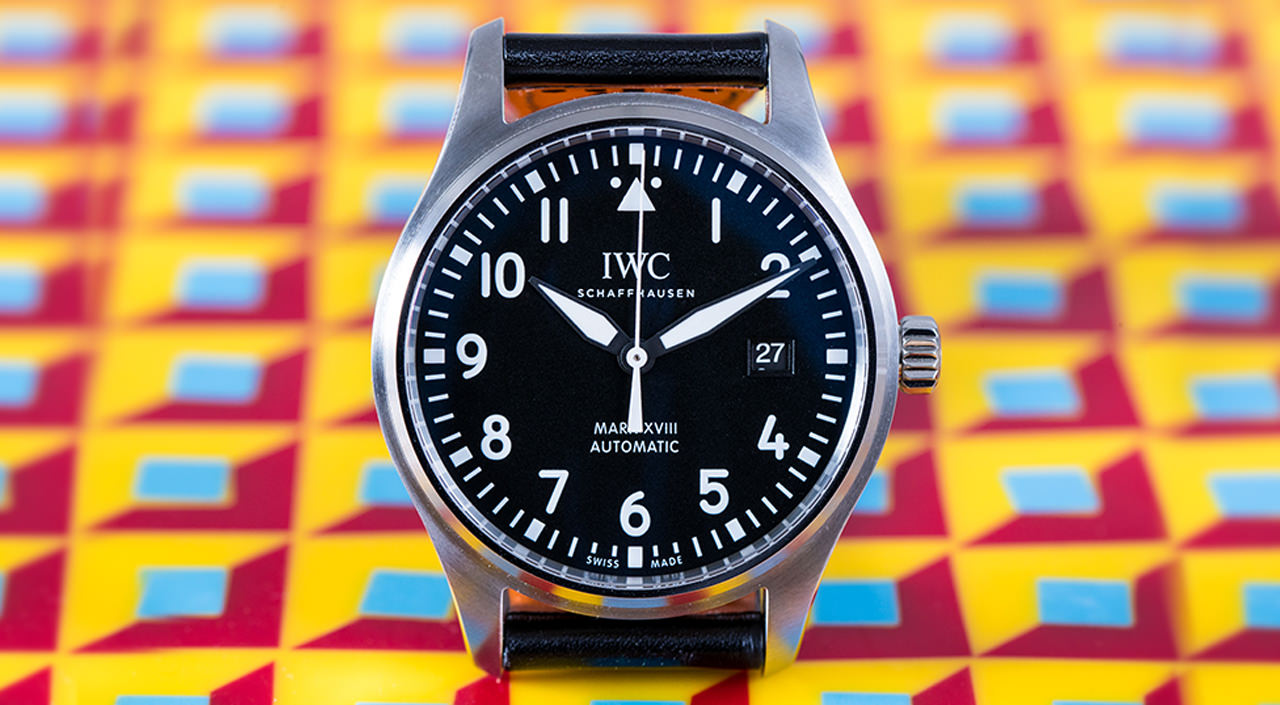
Even though the Austrian writer Marie von Ebner-Eschenbach once noted that even a stopped clock gives the right time twice a day and can look back on a long series of successes after a number of years, the results of modern watches are, however, significantly better. But what are the points to be observed when handling your watch in order to be able to enjoy your timepiece for as long as possible?
Proper Storage
As for storage of your watch, the following applies: Dust is the enemy. While quality watches basically don’t let any dust in, finest particles cannot be 100% prevented from getting inside the watch. It is therefore recommended to store the watch in a box, preferably in the original packaging box. In case you own a quality automatic watch, the purchase of a watch winder is recommended. Not only will it protect the watch from dust, but keeps your watch ready for use through permanent rotation. This is particularly important for watches with intricate complications, in order to prevent the mechanism from literally rusting and having to invest heaps of money in repairs later. Under no circumstances should you store your watch on a loudspeaker or a refrigerator. The magnetic fields they generate can occasionally be quite strong so in the worst case they might damage the mechanism of the watch. Apart from a largely dust-free storage, the humidity within the rooms your watch is stored in should not be too high. Furthermore, bright sunlight and extremely high or low temperatures (below 0°C (32 F) or above 60°C (140 F)) should also be avoided.
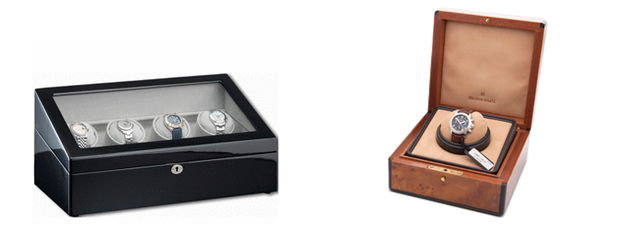
Careful handling in everyday life
Although most manufacturers claim that their timepieces can be worn while playing sports or working in the garden, in case of a precious precision timepiece it’s something that simply doesn’t make sense and can’t be recommended. Even more robust calibers and casings can be affected by severe shocks and the sensitive mechanics inside the watch may be damaged. Therefore, when in doubt, it is recommended to take the watch off or leave it home, rather than having to fret about scratches on the casing or a damaged movement.
Water and your watch
Virtually every watch has the label “wasserdicht”, “waterproof” or “étanche”, but what does this mean for handling your beloved timepiece? The decisive factor, to what depth a watch is waterproof, is the water pressure the watch can be exposed to. By rule of thumb a watch is suitable for watersports from 100 meters (10 ATM) and for diving from 200 meters (20 ATM) Please also note, that water resistance may decline over time, and therefore it´s advisable to ask an expert before you take an older watch into the water. If you watch is sufficiently waterproof, the crown must be carefully screwed tight beforehand or pushed into the neutral position. The pushers of a chronograph should never be operated underwater. For more information about this topic, please read How to Interpret Water Resistance Properly and Tips for Handling Watches Close to the Water.
Cleaning your watch
If your watch is waterproof 3 ATM (30 meters), you can use a damp textile fiber cloth, and for coarser dirt or residue which is difficult to reach use a toothbrush and soapy water. To prevent residues in the latter case, you should subsequently dry the watch with a cloth. A metal, rubber or fabric strap can of course be cleaned along with the casing, while a leather strap should be removed beforehand. In any case, the direct contact with chemicals should be avoided. Therefore, you should also forego cleaning detergents and solvents, as these may in fact reduce the surface tension between the casing and the glass and thus may cause water to percolate into the casing.
Regular service
The mechanics of a watch “lives”. Balance, anchor and co. are constantly moving, and wherever parts are moving, there will be at least minor signs of wear. But there is no cause for concern: a quality watch will usually be a lifelong companion, but much like a car or a high-quality musical instrument, there should be regular maintenance. It is therefore recommended that every 5 to 10 years – in case of significant deviations in accuracy even before that – you have a full service carried out by a professional watchmaker. There your timepiece will be dismantled, cleaned and oiled with a special protective lubricant. This reduces the friction between the individual parts and subsequently increases the accuracy of the watch.


